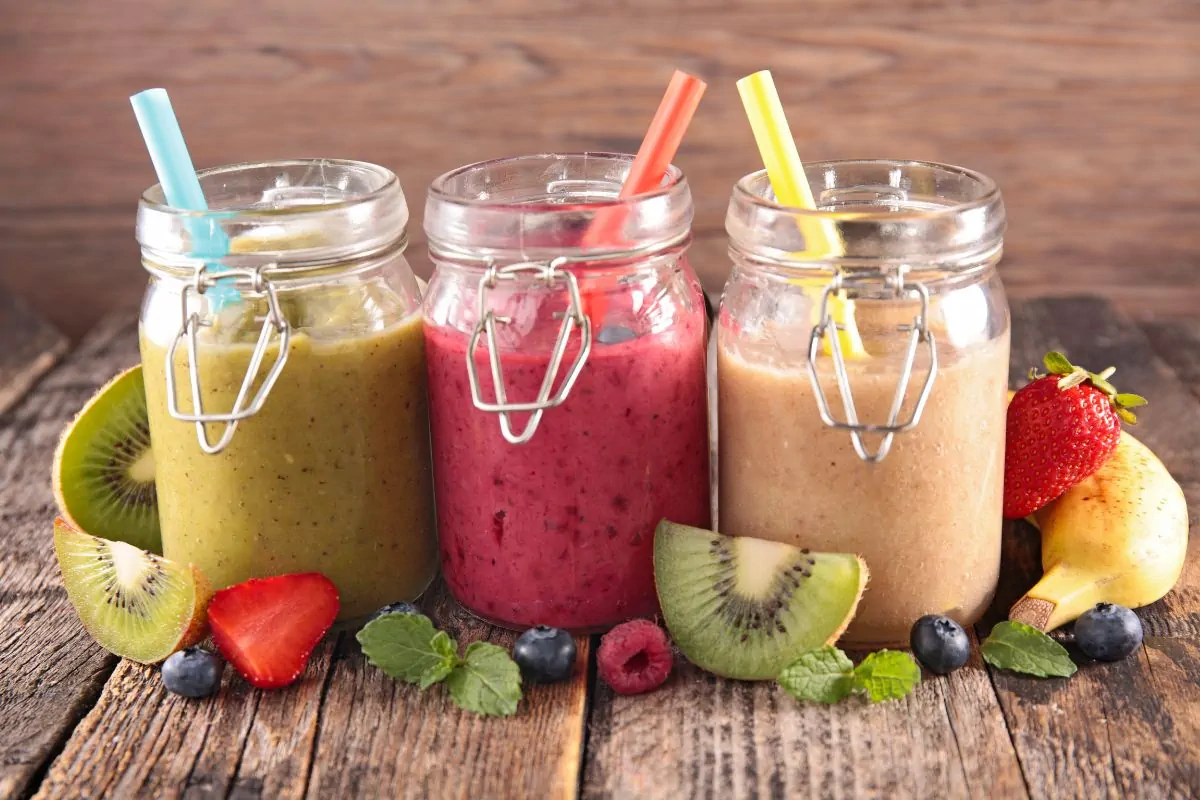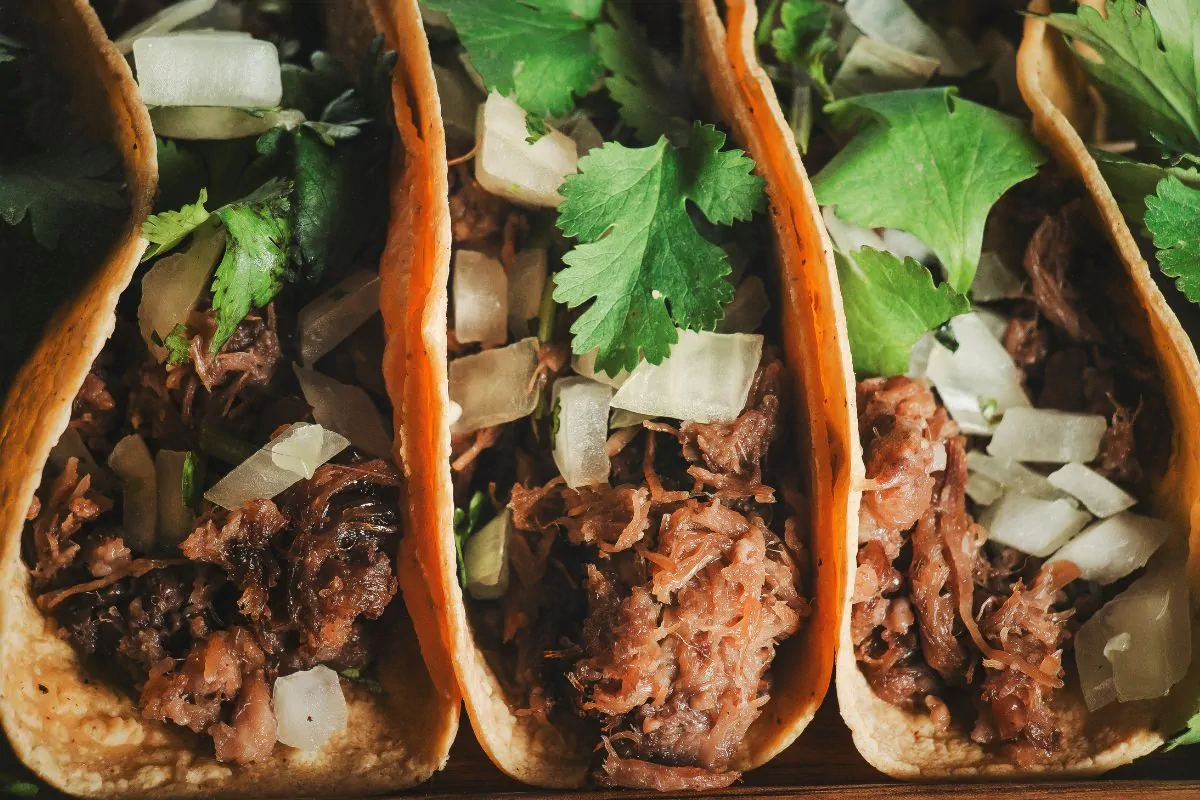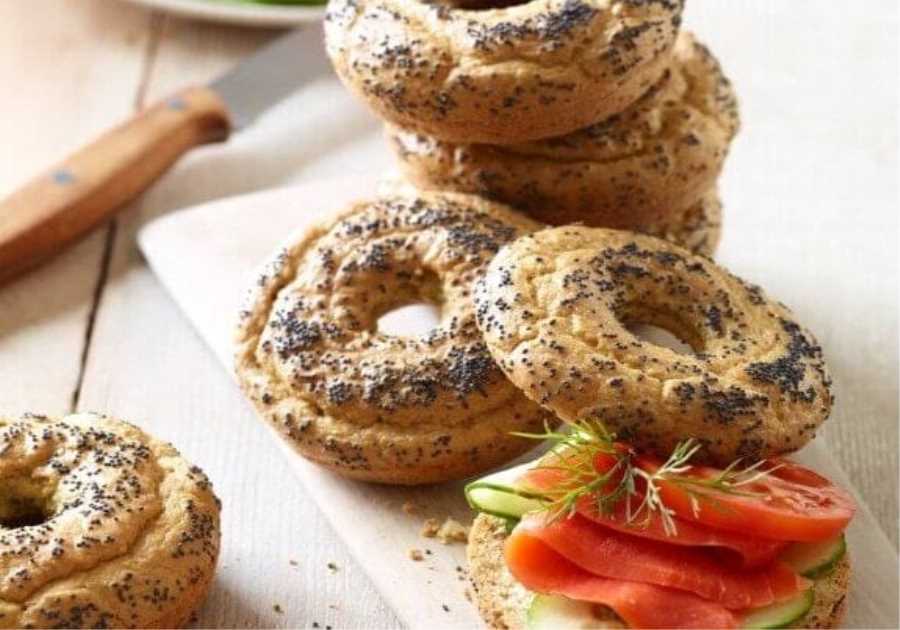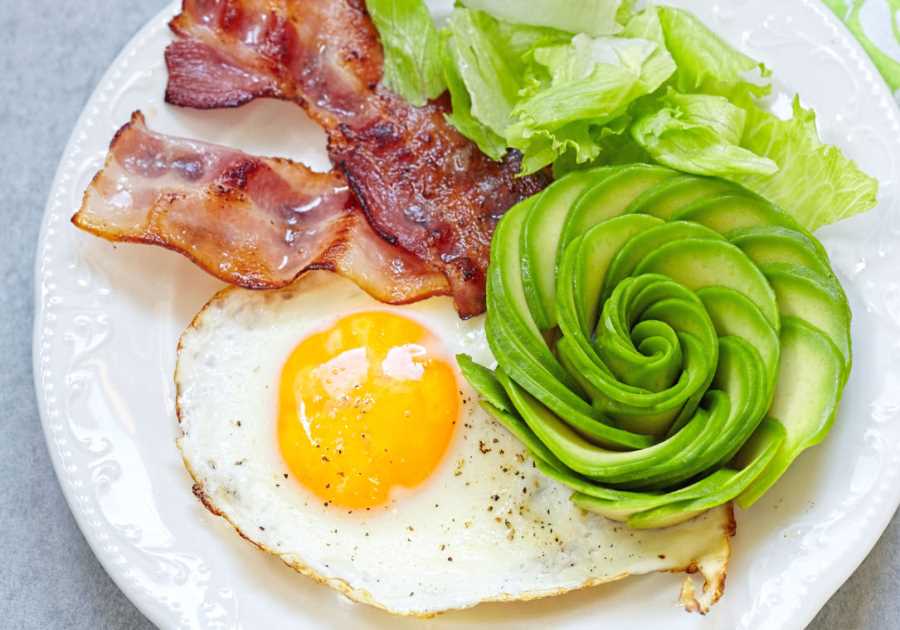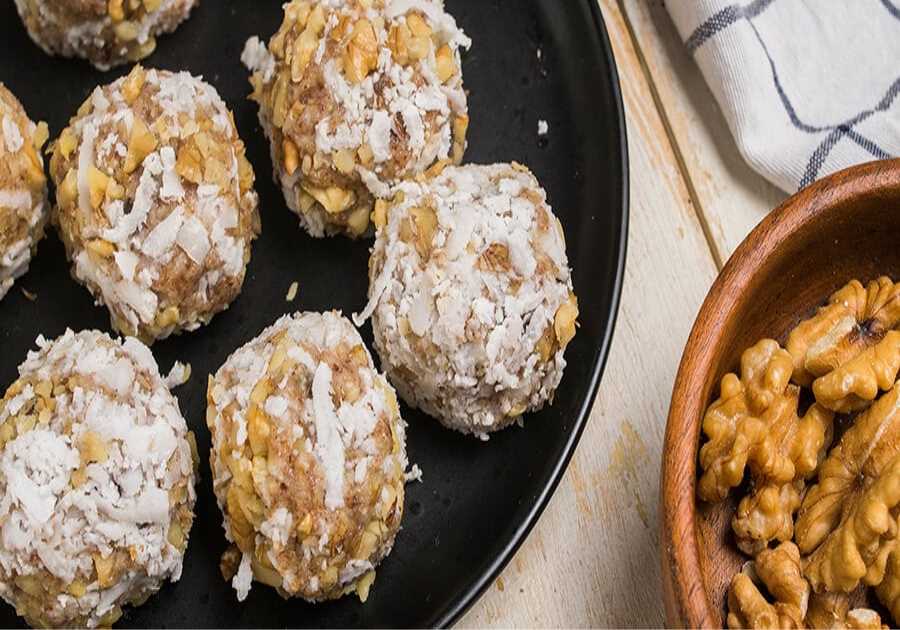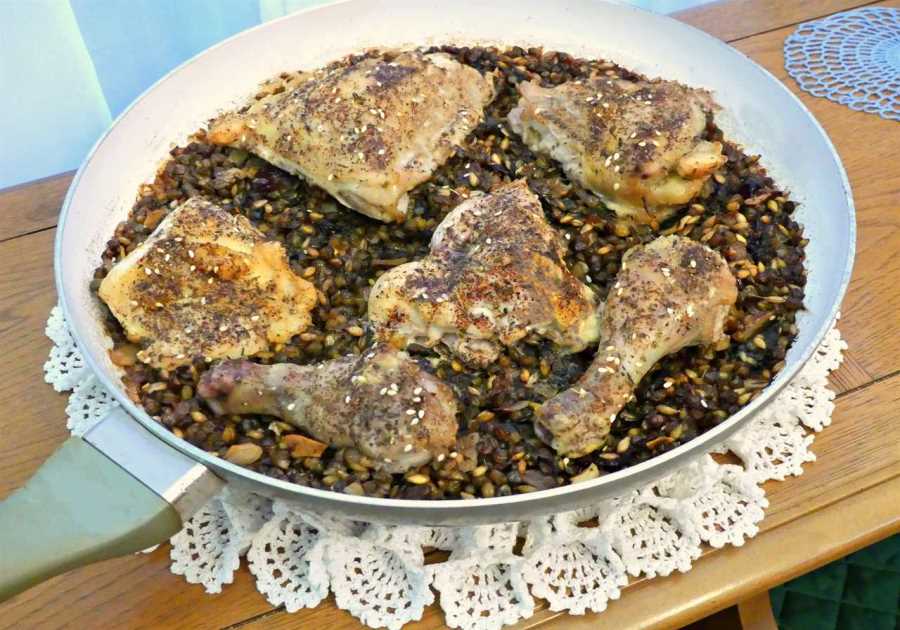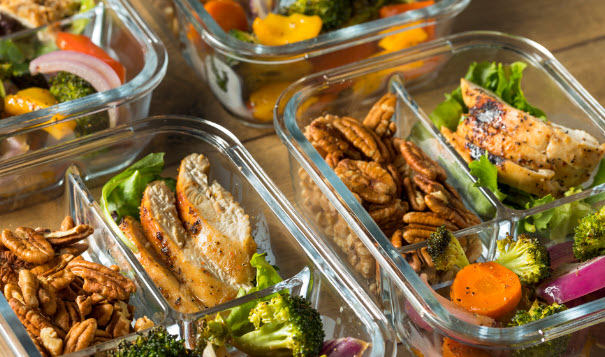
Whether you are new to keto or have been eating low-carb for years, there are plenty of ways to find meals that taste good and are easy to prep. If you want to stay on the keto diet, you need to make sure that you can eat foods that are tasty and healthy. The best way to do this is to plan your meals before you start the diet.
What is Keto Diet Meal Planning?
Keto diet meal planning is a dietary approach based on eating low-carb, high-fat foods. It is designed to switch the body's energy source from carbs to fats, which helps reduce hunger, increase fat burning and metabolism, and ultimately lead to weight loss.
Keto diet meal planning involves selecting keto-friendly food items that are low in carbohydrates but still provide balanced nutrition and essential vitamins and minerals. These foods should also adhere to the recommended daily macros of no more than 75% of calories from fats and 25% of calories from protein.
The key to successful keto diet meal planning is creating meals that contain adequate amounts of protein to ensure muscle growth and maintenance while maintaining a calorie deficit for weight loss. For example, proteins such as fatty fish, grass-fed beef, nuts, and seeds are great sources of protein that can help reach your recommended macronutrient goals.
In addition to selecting high-quality proteins, smart keto diet meal planning also calls for incorporating healthy fats into each day’s menu plan. Olive oil, avocados, full-fat dairy products – such as Greek yogurt -walnuts, and almonds are all excellent sources of beneficial fat for a keto dieter.
When starting out with keto diet meal planning it's important to prioritize quality over quantity; use fresh ingredients instead of processed or pre-made; take time each week to create your own cooks; prepare meals several days in advance when possible; use leftovers creatively; and most importantly staying consistent with healthy choices throughout the week!
Here are a few more tips on how to do this.
Stock your pantry and freezer with ingredients
If you're in the habit of eating keto, you need to have a well-stocked pantry and freezer to keep you fed. Having a variety of quick and easy foods on hand is a big deal. The right ingredients can go a long way toward making your life easier. You can also make use of your freezer's ice-free shelf space to keep things fresher for longer.
The most important part of a well-stocked kitchen is the pantry. The contents of this storage area can be the difference between a delicious meal and a grumpy mouth. With a few basic items, you'll be able to whip up quick meals on a dime.
Some staples to consider include heavy whipping cream, coconut flour, baking soda, and salt. These items can be used in a variety of recipes, including baked goods, bread, and desserts.
Cut out snacking
If you're considering the keto diet, you'll have to re-evaluate your snacking habits. Not only is snacking bad for your weight loss goals, but it's also a waste of calories. Snacks that are low in carbs are a good start. The more you snack, the more calories you'll consume.
Luckily, there are a number of companies getting in on the keto diet craze. They're churning out specialty products that mimic popular comfort foods. One example is the keto-friendly version of hot sauce. Getting on board with the keto diet can be a bit daunting, so it's smart to plan ahead. Here are some of the best low-carb snacks to keep in mind.
Getting a head start on your next meal planning session is the best way to achieve success. You can start by making a shopping list and sticking to it.
Stick to a low-carb diet plan
It can be difficult to stick to a low-carb diet plan when meal planning for beginners. However, there are ways to do it. You can work with a dietitian or healthcare provider to make sure your meals and snacks are appropriate for your needs.
When you are planning your meals, make sure you include nutrient-dense foods such as protein and vegetables. These foods will fill you up and reduce the amount you eat.
You should also include healthy fats and nuts in your diet. Some examples of these are avocado, olives, and nut butter. If you are a vegan, you should avoid grains, potatoes, and fruit.
Meals should be based on lean meat and vegetables. Carbs are included in your diet naturally, and you should only eat them in moderation.
Stock up on low-carb substitutes
If you're on a keto diet, stocking your freezer with low-carb substitutes is a great way to avoid wasting food and to make sure you have all the ingredients you need to eat healthily. You can use these low-carb foods for breakfast, lunch, and dinner, and even bake with them to create delicious recipes.
One of the most common low-carb substitutions is cauliflower rice. It has a texture and color similar to white rice, but it contains less than 1g of carbs per cup. Another popular substitute is quinoa.
These foods contain high amounts of fiber, which may help lower your risk for cardiovascular disease and type 2 diabetes. They're also packed with protein and healthy fats.
Another option for breakfast is hard-boiled eggs. Eggs are a budget-friendly food and have plenty of nutrients.
Find a keto-friendly fast-food option
You may be surprised at what you can find at some fast food joints. There is even a dedicated keto-inspired menu at some chains. You'll find a variety of burgers, sandwiches, and salads at your local fast-food restaurant. You go for a lettuce burger or a chicken club salad with Grilled Chicken Strips. A chicken club salad comes with 380 calories, 20g of fat, and 8g of net carbs. It's a good option for someone who needs a bit of protein.
Frequently Asked Questions
Can I eat a diet without dairy?
Absolutely! You can! The cornerstone of any keto diet plan is to limit your carb intake and increase the number of healthy fats you consume. You can still stick to your keto diet plan by choosing from a variety of plant-based alternatives.
First, find the proteins and fats that work for you. You can substitute butter with coconut oil, avocado oil and tahini. Alternative sources of protein include tofu, tempeh and other meat substitutes. Nuts and seeds provide excellent crunchy textures.
If you are looking for sweets, creamy coconut cream or plant-based yogurts work well as substitutes for heavy cream. Vegan cheeses made with cashews and macadamia nuts can be substituted for dairy cheese by cheese lovers.
When making your dishes standout, don't forget about other seasoning options! Regardless of what ingredients are excluded, herbs, spices and vinegar can be used to enhance the unique taste of foods. If you are able to remember the basic principles of the ketogenic diet and find tasty ways to avoid dairy, you will be able maintain a successful ketogenic plan.
Can I eat a vegan keto diet?
Determining if you can eat a vegetarian keto diet comes down to understanding how this lifestyle works. It's not difficult to follow a vegetarian keto lifestyle. This means you will have to eliminate animal products from your diet, and instead eat plant-based foods that are low in carbohydrates and high in fats.
Watching your macronutrients is the most important part of a vegan diet. This includes balancing carbohydrates, proteins, fats, and carbohydrate intake. Protein should be reduced, while fat should be increased. The goal is to minimize the number of carbohydrates consumed to shift your body into an optimal metabolic state known as nutritional ketosis. This will result in your body burning fat for energy instead of glucose.
You'll need to calculate macros and monitor carbohydrate intake. Another important component of any vegan ketogenic diet is supplementing with essential vitamins and minerals such as Vitamin B12 since many people lack enough of this nutrient due to their chosen diets.
By learning about plant-based options (like tempeh or tofu) that are naturally low in carbs but packed with protein and heart-healthy fats, then adding some strategic supplementation sprinkled with macro counting, you can easily hit your nutrient ratios for success on a vegetarian keto diet!
What happens during the initial week of keto?
First things first, getting ready for a ketogenic diet means doing your research. It's important to learn about the best foods and how many carbs can you eat daily. It is important to understand which foods contribute to the proper balance of macronutrients.
Once you've mastered the basics, it's now time to create meals that will support your new lifestyle. You can help your body adapt to this new lifestyle by avoiding processed sugars and eating whole foods. A few simple tweaks, such as adding more healthy fats and proteins in each meal, can significantly improve energy levels and focus while helping with cravings.
The next step is to master proper portion control and manage meal timings while following the ketogenic diet. This will enable your body into a state called ketosis, where it starts burning fat instead sugar for energy. You can track macros and consult with a nutritionist for one-on-one guidance.
The first week of the keto diet transition is a time when everyone needs to be patient. Getting ample rest and staying hydrated are crucial components that should not be overlooked when starting this journey. Give yourself at least three days before deciding if this is working for you or not -- everyone responds differently, so give your body some time and nurture it along the way!
What happens to your body after you cheat on keto
Cheating on the Keto diet can lead to unwanted side effects. You can quickly increase your blood sugar levels by suddenly eating starchy carbohydrates. This can cause dehydration as water is required to restore your cells to a homeostatic condition. Due to the absence of essential minerals like potassium and sodium, dehydration can also lead to an electrolyte imbalance.
Additionally, people who "cheat” on the keto diet can feel constipation or diarrhea. This is due to high-carbohydrate intake. These symptoms are generally short-lived but can be uncomfortable and disruptive. Intense cravings for cheat meals can cause severe deprivation and subsequent binging of high-carb foods. This can make it difficult to stick to the keto diet.
Overall, it's important to keep in mind that having an occasional cheat meal or snack won't destroy weeks or months' worth of progress on the keto diet -- as long as you stick within your prescribed net carb limits -- but there will still be consequences for veering away from your meal plan for extended periods.
Statistics
- Proteins should account for around 10–30% of energy needs, while carbs are usually restricted to 5%. (healthline.com)
- But, a 1-ounce slice of cheese delivers about 30% of the Daily Value for saturated fat, so if you're worried about heart disease, consider portion size when eating cheese. (eatingwell.com)
- The ratio is often 60% fat, 35% protein, and 5% carbs. (healthline.com)
- When following a ketogenic diet, carb content is between 5–10% of calories consumed, though looser versions of the diet exist (7Trusted Source (healthline.com)
- Recommended Keto diet includes: Keto sushi bites, olives, one or two hard-boiled or deviled eggs, keto-friendly snack bars, 90% dark chocolate, full-fat Greek yogurt mixed with nut butter and cocoa powder, bell peppers, and guacamole (healthline.com)
External Links
academic.oup.com
ncbi.nlm.nih.gov
- The Ketogenic Diet. Evidence for Optimism. But High-Quality Studies Needed – PMC
- PMC: Type 1 and 2 Diabetes: Low-Carb, Ketogenic Diets
fdc.nal.usda.gov
cambridge.org
How To
Calculating Your Macros on the Ketogenic Diet
It is crucial to find the right approach for keto living in order to maximize your success. Calculating your macros while on a ketogenic eating plan can be both easy and complex.
Understanding macronutrition is crucial to understanding the meaning of Macros on a Keto Diet. This term refers specifically to three crucial nutrients - carbohydrates and proteins - which are essential for our bodies' proper functioning and growth. By measuring each nutrient intake, our bodies benefit from their functions.
Planning and monitoring your progress is key to successful meal prep with macros. By carefully considering your daily meals and snacks as well as special occasions such holiday gatherings and food challenges during travel, it's easy to know that you're making the right decisions when it comes to your health and wellness.
It is important to remember patience when considering all aspects in macro tracking. Flexibility can allow for improvement and allows you to adjust if necessary. Understanding macro nutrition from a new perspective will help you shine.

